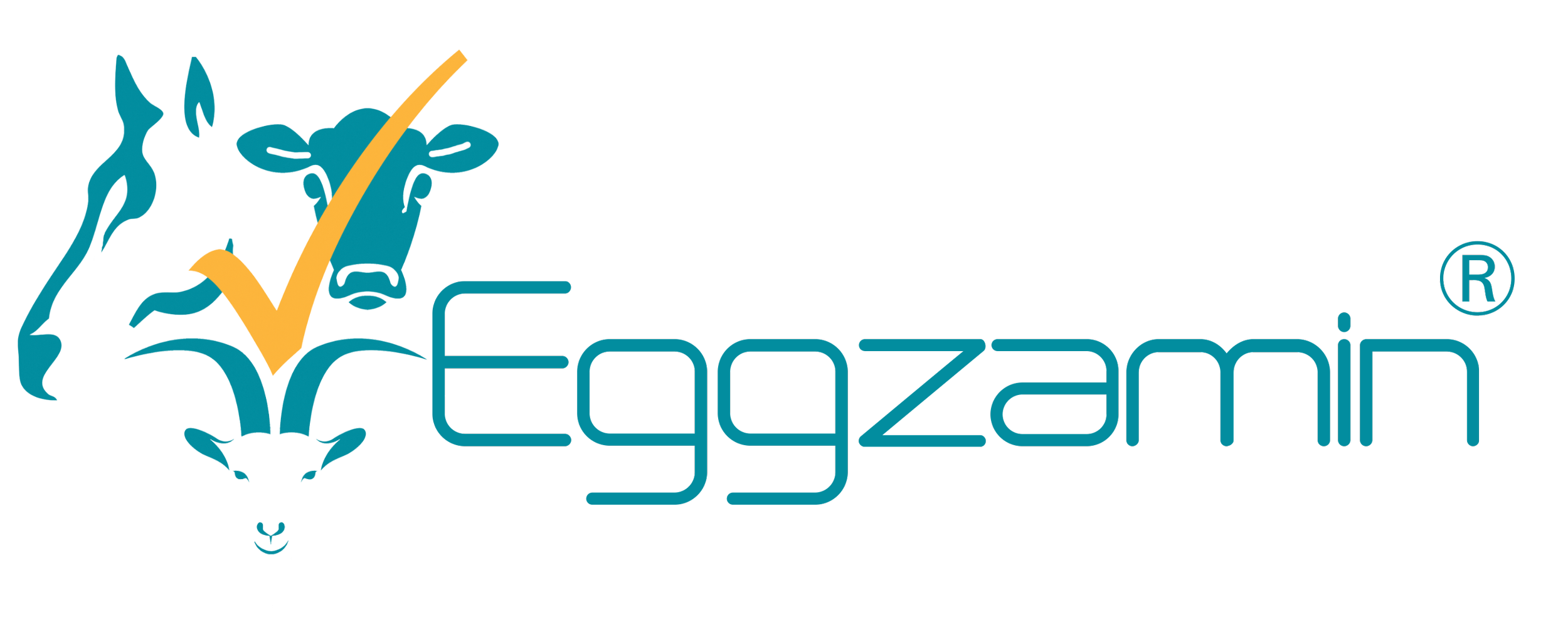Christine Court
About Christine
A respected landscape designer, with decades of equestrian experience and a concern for all the animals in her care, Christine Court was troubled by growing resistance of parasites to the primary drugs used to control them.
Working with a business partner and a Master of Veterinary Parasitology, Christine founded Eggzamin (www.eggzamin.com) to promote Fecal Egg Count testing of livestock before embarking on a regimen of treatment with anthelmintics. This foundation would prove critical in the development of the most economical and advanced McMaster Method slide on the market today.
The McMaster Method for Fecal Egg Count testing—first developed in 1939—was a welcome revelation. She saw that the McMaster technique, and the modifications to it over many decades, had the potential to allow small equestrian facilities and farms to test their animals. This could be done at a cost they could afford, allowing them to obtain reliable quantitative estimates of parasitic load, and determine whether or not the use of anthelmintics was necessary in any particular animal. All they needed was a commitment to the responsible use of anthelmintics, some relatively inexpensive equipment, training by a qualified professional, and the confidence that they were up to the task. Christine’s vision became a reality when Eggzamin opened for business.
Eggzamin became Christine’s training ground in a subject that was to become her passion: a deep understanding of the dynamics of parasitic life in the bodies of our animals, in our barns, pastures, paddocks and fields. With this came the knowledge that the proper goal of anthelmintic treatment should not be the complete elimination of every parasite in a livestock animal’s body, but rather to keep the parasitic load at a manageable level. The immune systems of many animals accomplish this without the assistance of anti-parasitic drugs.
Along the way Christine observed that the design and construction of the slides commonly used in McMaster Method for Fecal Egg Count Testing were less than ideal. It was difficult to see the etched grid on the slides through the suspended fecal specimen. The painted grids had a tendency to fade or flake off over time.
She knew that the size and design of many mechanical microscope stages prevents inspection of both grids without repositioning the slide. A simple solution: (why didn’t anyone thing of it before?) – simply change the orientation of the grid from horizontal to vertical, making the grid slightly narrower, and a bit “taller” to include exactly the same volume as the traditional arrangement, thus allowing both sides to be viewed without repositioning.
Christine also observed that the most commonly available slides joined the upper and lower sections with glue; perhaps the best solution in 1939 or 1980, but not in the 21st-century. Why not use sonic welding to fuse the upper and lower sections together, thereby eliminating the possibility of residue of a previous fecal specimen being trapped between the two layers? Her objective: to create a slide for fecal egg count testing that could be used again and again.
Christine is an accomplished equestrian. Her relationship with her warmblood horse, Taz, continues to develop based on principles of mutual respect. She enjoys dressage, jumping, and hacking out and exploring new trails.


